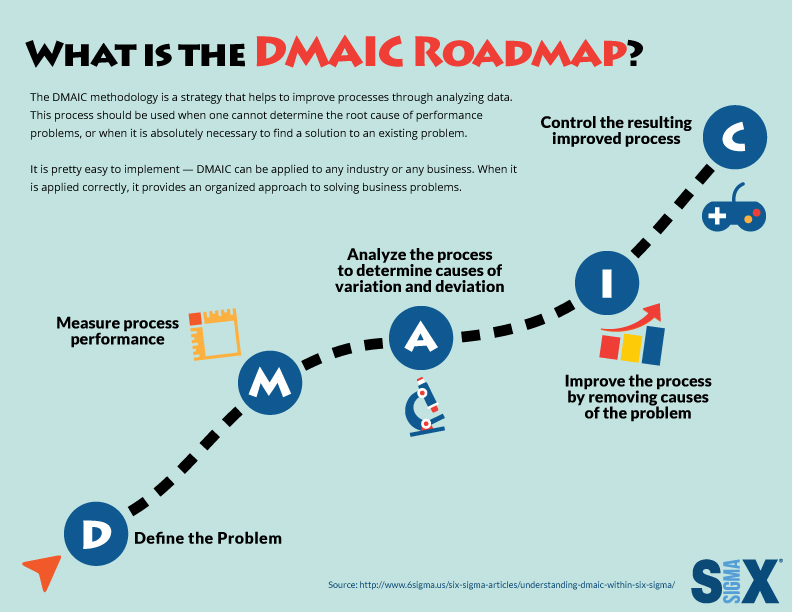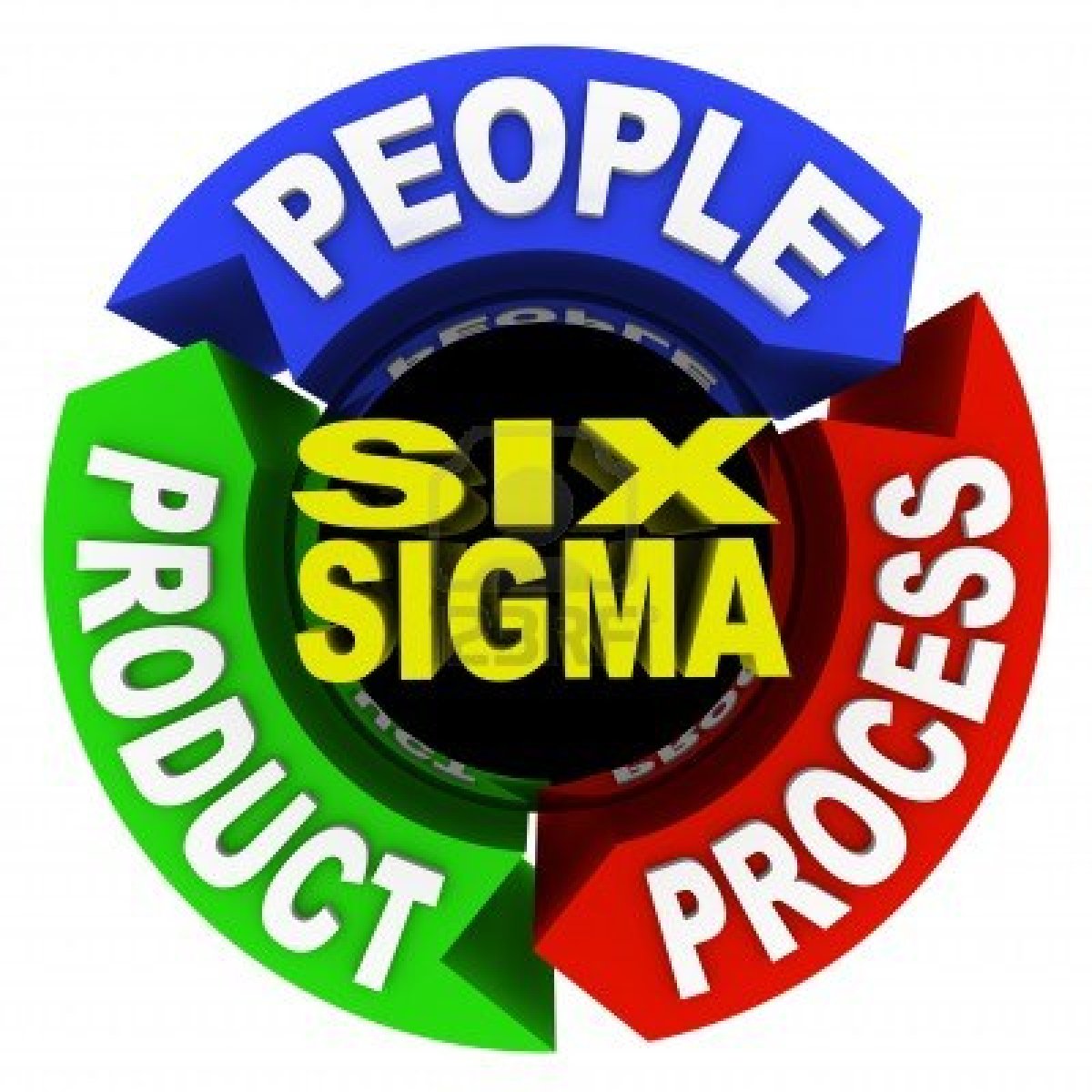
Involves (1) comparing products and/or services against direct competitors and (2) comparing critical business processes (such as new product design-to-market process) against the best in the world, regardless of whether or not they are direct competitors.īill of Material – A listing of material required to perform a specific job.īoundaries – A statement of where a process or sub-process begins and ends and what it includes.īreakthrough – A significant increase in performance.īudget – A time-oriented statement of the financial resources allocated to carry out an organization’s activities and achieve the targeted objectives.Ĭarrying Costs – The annual costs of holding inventory.Ĭatch ball – An iterative process of developing objectives and plans to obtain the objectives sharing them with persons who much execute the plans requesting and considering their input and finalizing the objectives and plans after sufficient involvement and commitment from all affected parties.Ĭause – An established reason for the existence of a defect.Ĭause & Effect Analysis –An analysis that identifies the factors (causes) that lead to an outcome (effect).Ĭause-and-effect diagram – One of the basic seven process improvement tools.

A person assigned to work on critical business problems/opportunities alone or with teams.īrainstorming – A way of using a group of people to quickly generate, clarify and evaluate a sizable list of ideas, problems, issues, etc.īenchmarking – Also called competitive benchmarking.
#SIX SIGMA PROCESSES FULL#
An arrow diagram is similar to the critical path method (CPM) and program evaluation review technique (PERT).Īssets – Items of value owned by or owed to the company, generally considered convertible in to cash.Īttribute – A measurable characteristic of a product, process, or outcome.īar Chart – A chart that uses a set of bars to compare the sizes of related items.īarriers & Aids – A technique for pinpointing and analyzing elements, which resist change (barriers) or push for change (aids).īlack Belt – A full time person intensively trained in the quality management systems and advanced statistical tools and methods.

IT is used to develop the best schedule and appropriate controls to accomplish the schedule. Categories and new ideas are obtained by team members working silently so as not to inhibit thoughts.Īrrow diagram – One of the seven new management-planning tools. It is used to organize ideas into natural groupings in a way that stimulates creativity.
#SIX SIGMA PROCESSES SERIES#
AĪction Plan – A series of planned activities with established accountabilities and delivery dates which, when complete, will result in the accomplishment of an objective.Īctivity – A series of tasks within a process or sub-process.Īctivity-based Costing – A cost allocation method based on the cost driver.Īdding value – Making the output of a process worth more for its customers.Īdoption Rate – The percentage of total projects completed which have been implemented.Īffinity diagram – One of the seven new management-planning tools.


Six Sigma Terms & Definitions (Glossary) This is a comprehensive listing of common “six sigma” and “lean six sigma” terms and their definitions in alphabetical order.


 0 kommentar(er)
0 kommentar(er)
